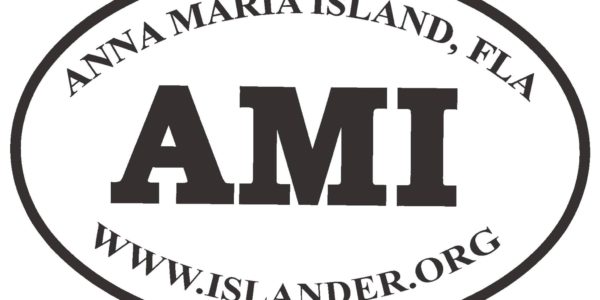Cause for concern among conservationists across the country is the federal government’s move to diminish regulations and policies protecting wild lands and waters in its trust.
But one of the nation’s first wildlife refuges, a small meandering key about a mile from the north end of Anna Maria Island, likely will remain safeguarded from new intrusions.
That’s because during World War II training exercises decades ago, the federal government bombed the area and a low risk remains for people encountering munitions.
In 1905, President Theodore Roosevelt established the 64-acre mangrove island that held a freshwater lake as one of nation’s first wildlife refuges, seeking to protect nesting colonies of birds. The land is owned by the Interior Department and managed by the U.S. Fish and Wildlife Service.
Passage Key’s size has fluctuated in the years since. The lake is gone and, at times, the entire key has been underwater, but more than 50 species of birds — including pelicans, oystercatchers, skimmers, terns and gulls — nest on the spit of sand, which is closed year-round to the public.
Boaters too flock to anchor off Passage Key, and though federal law forbids it, occasionally they can be found on its beach tossing Frisbees, collecting shells, walking dogs or sunbathing.
Also lurking and hidden at and around Passage Key — old munitions.
Yes, local maps show Passage Key National Wildlife Refuge with the Passage Key Wilderness Area but a map from the Army Corps of Engineers identifies the area as a “Formerly Used Defense Site” known as the Passage Key Air-to-Ground Gunnery Range.
During WWII, Sarasota Army Airfield crews used Passage Key for a strafing and skip bombing range. Crews trained with machine guns, practice bombs and possibly live bombs at two banks of six targets that are now underwater.
Some island histories contain details of the military training and recollections of island adults who said that as kids they boated to Passage Key to collect shell casings.
In 1998, after a bomb was found on the island and three more were found in the surrounding waters, the Corps launched a study and investigation of the area that involved historical research and some on-site work using metal detectors.
The lengthy Corps’ review divided the study area into two sites — the 649-acre air-to-ground target site at Passage Key and the remaining 12,498-acre waters fanning out from Passage Key.
Investigators found expended ammunition and pieces of munitions. In the water, they found two bomb fuzes, a rocket and a 37-millimeter projectile, according to Corps documents released from the study.
The investigation concluded that there’s “no unacceptable risk in remaining waters,” resulting in a decision by the government to take no action in that area.
For the target site, the investigation concluded a “low potential risk from people encountering munitions” and the federal government decided the best course is “land-use controls,” which involves posting warning signs at public boat ramps and other locations, possibly Bayfront Park in Anna Maria.
The controls also provide some guarantee that Passage Key will remain what it has been for decades — a shifting mound of sand at the entrance to Tampa Bay reserved for the birds.
This column was published in The Islander newspaper.
Archives for The Islander are online here.
